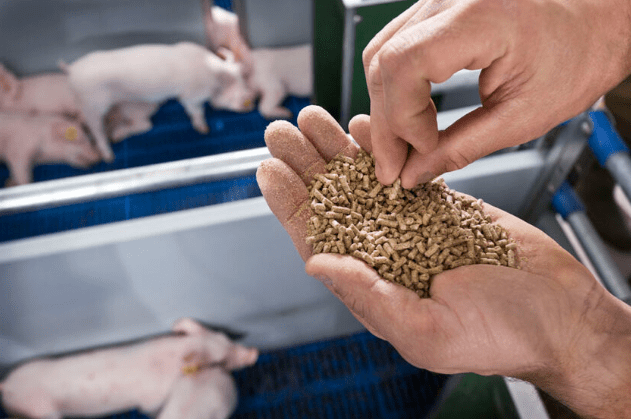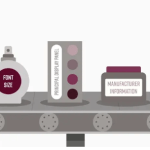The field of animal husbandry is ever-changing, with a continually shifting terrain. Among these developments is a rising trend toward introducing natural and sustainable components into animal feed. The animal feed business is shifting toward more natural solutions as demand for ethically sourced and ecologically friendly products grows.
Many people are interested in the trend toward natural and sustainable components in animal feed. In this post, we will go further into the advantages of using natural feed components, both for the animals and for the environment. We will also look at the numerous natural possibilities for animal feed and examine possible obstacles and factors to consider when adopting sustainable feeding methods. So, let us take a trip through nature’s pantry to discover the possibilities of natural and sustainable animal feeds.
The Rise of Natural Ingredients
The animal feed industry is dynamic and ever-evolving. The industry has seen a notable surge in demand for natural solutions over the last several years. This change is explained by customers who are becoming more aware of and knowledgeable about the sources and methods of production of the food they eat.
Nowadays, instead of relying heavily on hormones and antibiotics in traditional feed, people are turning to nature for inspiration and alternatives. It’s not simply a fad; there’s a growing movement in favor of the animal food sector adopting a more moral and healthful strategy.
To satisfy this rising demand, a lot of manufacturers of animal feed are investigating and experimenting with novel and natural ingredients. This change is advantageous for customer happiness and trust in addition to the welfare of the animals. It seems that the direction of animal feed is moving toward a more organized, holistic strategy that puts the health of the animals and the people who eat their products first.
Benefits of Natural Feed Ingredients
Natural feed components have been proven to provide several advantages for both animals and the environment. Animals’ health and well-being may be enhanced by introducing natural components into their food. This is due to the increased nutritional levels of natural diets compared to processed meals.
Furthermore, employing natural feed components has a favorable influence on the environment. Reducing the use of chemical fertilizers and pesticides will encourage biodiversity, and lowering carbon emissions is among them. Furthermore, sustainable feed production technologies may contribute to overall animal agricultural sustainability.
Common Natural Feed Ingredients
Think of natural feed options like a farmer’s version of a gourmet meal mixed with a buffet of wholesome goodness. Some popular picks from this feed feast include the mighty alfalfa, the fantastic flaxseed, and the mighty legumes.
Animals get proteins and minerals from alfalfa. Omega-3 fatty acids, vital for animal health, are abundant in flaxseed. Legumes like peas and beans are popular natural feeds because of their protein content.
Sustainable Feed Sourcing
The notion of sustainable feed source entails taking into account the environmental and social consequences of feed production. This involves assessing the resources needed for production, the possible implications on land usage and water resources, and the working conditions of people participating in the manufacturing process.
Alternative feed sources, such as repurposing food waste or adding insect protein into animal diets, may be studied to increase sustainability. To guarantee that the most ecologically friendly procedures are applied, all areas of sustainable feed sources must be carefully considered.
Challenges and Considerations
While there are several advantages to utilizing natural and sustainable feed components, there are also certain drawbacks to be mindful of. These include possible supply and cost-effectiveness constraints and the necessity for a careful balance of sustainability and animal performance.
Implementing Natural and Sustainable Feeding Practices
To fully use natural and sustainable feed options, a strong strategy is necessary. This might include gradually transitioning animals to natural diets, recording and analyzing the impact on animal performance, and supporting ethical and sustainable agriculture practices via feed selection.
Conclusion
With the continuous trend of emphasizing ethical and ecologically friendly items in our purchasing decisions, the demand for natural and sustainable feed components has increased dramatically in the animal feed sector. This change in priorities reflects a collective knowledge of the influence our actions have on the well-being of animals and our world as a whole. It is evident that adopting ethical practices in all aspects of our lives, including animal feed production, is vital for ensuring a sustainable future.
Remember that even tiny changes in our everyday choices may have a good influence on the environment and our food systems. Every deliberate decision we make contributes to a more sustainable future for future generations. So, let us band together and make educated and ecologically conscientious feed choices with Natura Feed. Let us take a step toward nature’s pantry, a place where natural and sustainable solutions grow and where we may feed our animals without damaging the environment.




